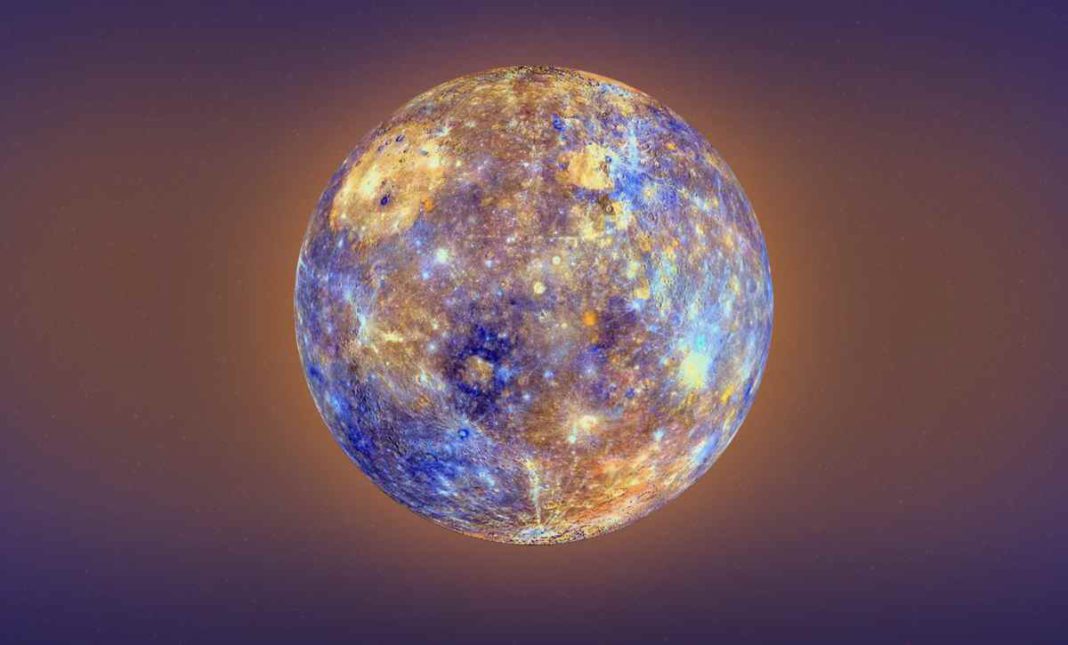JAPAN: In a groundbreaking discovery, the joint European Space Agency (ESA) and Japanese Aerospace Exploration Agency (JAXA) mission, BepiColombo, has shed light on the mysterious phenomenon of X-ray auroras on Mercury.
During a close flyby of the closest planet to the Sun, BepiColombo gathered vital data, unveiling the role of electrons raining down on Mercury’s surface in triggering these dazzling displays of light.
Auroras, a breathtaking natural phenomenon commonly observed on Earth, occur when charged particles emitted by the Sun interact with our planet’s ionosphere.
However, Mercury, with its thin atmosphere, experiences a unique process for aurora formation. Rather than the interaction occurring in the planet’s upper atmosphere, solar wind particles directly engage with Mercury’s surface.
The first close flyby of Mercury by the BepiColombo spacecraft took place on October 1, 2021. Approaching from the night side of the northern hemisphere and passing near the morning side of the southern hemisphere, the spacecraft made remarkable observations of Mercury’s magnetosphere on the daytime side of the southern hemisphere.
The resulting data indicated an unusually compressed state of the magnetosphere, likely due to the powerful pressure exerted by the solar wind.
Lead author Sae Aizawa expressed excitement about the findings, stating, “We have seen for the first time the acceleration of electrons in Mercury’s magnetosphere and their precipitation onto the planet’s surface. We now have proof that the aurora-generating mechanism is the same across the Solar System, despite Mercury’s magnetosphere being considerably smaller and having a distinct structure and dynamics from Earth’s.”
The scientific instruments onboard BepiColombo meticulously observed the magnetosphere’s structure and boundaries, revealing the acceleration of high-energy electrons on the “dawn side” of Mercury’s magnetosphere. Subsequently, these electrons descended onto the planet’s surface.
The lack of an atmosphere on Mercury allowed the unimpeded electrons to interact with the surface material, leading to the emission of X-rays. This fascinating process manifests as mesmerizing X-ray auroras, providing an unprecedented explanation for this phenomenon on the planet.
The Europlanet Society emphasized the significance of this breakthrough, noting that it marks the first time X-ray auroras on Mercury have been comprehensively elucidated.
The BepiColombo mission has not only deepened our understanding of Mercury’s magnetosphere but also uncovered a fundamental similarity in aurora generation mechanisms across the Solar System, transcending variations in magnetosphere size, structure, and dynamics among different planets.
The findings of the BepiColombo mission’s close flyby have opened up new avenues for further research on auroras, contributing to our broader knowledge of the celestial phenomena that mesmerize and inspire us.
With future missions and advancements in space exploration, scientists anticipate unravelling more mysteries hidden within our cosmic neighborhood.



